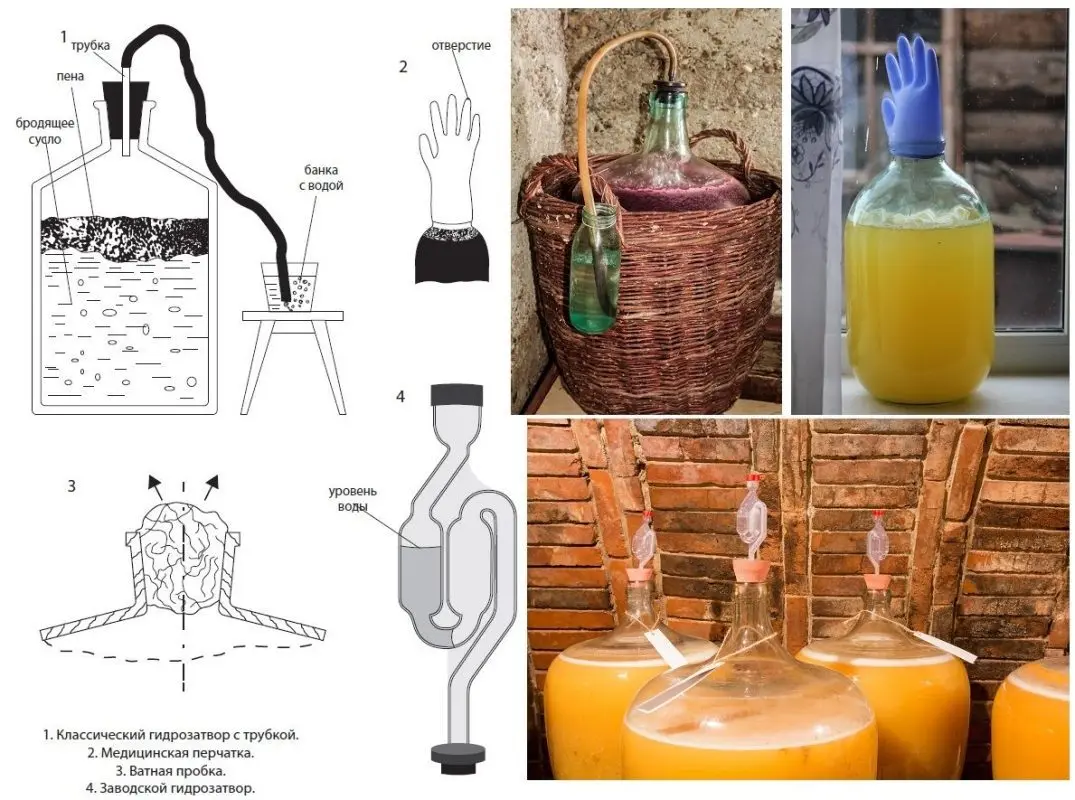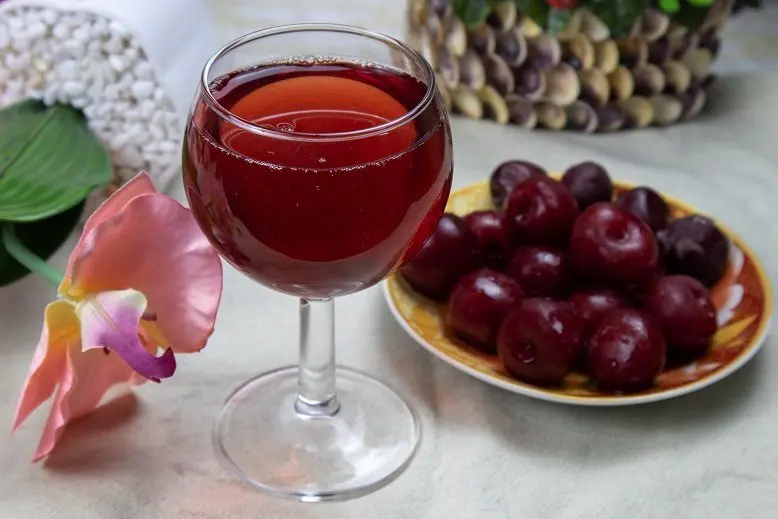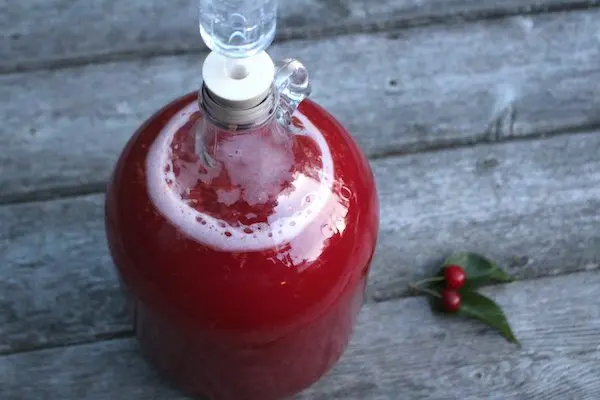If berries are in abundance, I advise you to take a look at this simple recipe for cherry wine. After a few months, you will get an excellent drink that is not ashamed to put on the table. In addition to the cherries themselves, you will need: sugar, citric acid and water.
Only ripe berries with no signs of spoilage are suitable for cherry wine. Even one rotten or moldy fruit can spoil the entire drink. The containers used must be sterile washed and wiped dry.
Wine can be made from any variety of cherries: yellow, black, pink, forest or white, but the best drinks with a delicate aroma are obtained from yellow berries, in second place are forest berries.
Ingredients:
- cherry berries – 10 kg;
- sugar – 1 kg;
- water – 0,5 liters;
- citric acid – 25 gram.
It is advisable not to wash the cherries so that wild yeast remains on the surface, due to which the wort will ferment. Wipe very dirty berries with a dry cloth. Sweet wine lovers can increase the amount of sugar by 25%. Citric acid is needed to stabilize the wine, it improves the taste and promotes long-term storage (the natural acidity of sweet cherries is extremely low).
cherry wine recipe
1. Remove the seeds from the berries without splashing the juice, which should remain in the same container as the pulp. The stones give an almond flavor that spoils the taste of the wine.
2. Add water, stir. Bandage the neck of the vessel with gauze and put for 2-3 days in a dark place at room temperature. Once a day, knock down the “cap” of the pulp (skin and pulp) on the surface with a clean hand or a wooden stick.
3. If foam, hissing and a slight sour smell appear, strain the juice through cheesecloth into a fermentation tank (fill up to a maximum of 70% of the volume), squeeze the pulp well.
4. Add 400 grams of sugar and citric acid, mix, install a water seal on the container or a medical glove with a hole in one of the fingers (pierce with a needle). Move the vessel to a dark room with a temperature of 18-27°C.

5. After 4 days, remove the water seal, pour 1 liter of must into a separate container, dilute 300 grams of sugar in it. Pour the resulting syrup back into the container and reinstall the water seal. Repeat the procedure after 3 days, adding the remaining sugar (300 grams) to the wort.
6. After 20-55 days, the wine will brighten, sediment will appear at the bottom, and gas will stop escaping from the water seal (the glove will deflate). This means that active fermentation has ended and it’s time to drain the wine from the sediment through a thin tube (possibly from a dropper) into another clean container.
If fermentation does not stop after 50 days from the date of installation of the water seal, the wine must be removed from the sediment, then allowed to ferment, otherwise bitterness may appear.
7. Taste the fermented young cherry wine. If desired, add sugar for sweetness or fix with vodka (alcohol) in an amount of 2-15% of the volume.
8. Filled to the top storage containers (preferably to avoid contact with air) tightly close, then transfer to a dark place with a temperature of 5-16 ° C for holding. If sugar was introduced at the previous stage, keep it under a water seal for the first 7-10 days.
Once every 20-25 days, remove the wine from the sediment (as it appears) by pouring through a straw. If the sediment no longer falls, the wine is ready.
9. After 3-12 months (the more, the better), pour home-made cherry wine into bottles for storage and seal tightly. Store in the refrigerator or cellar, shelf life is 3-4 years. Fortress – 10-12%.











